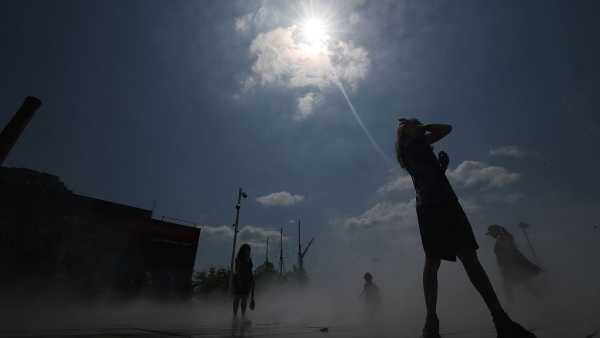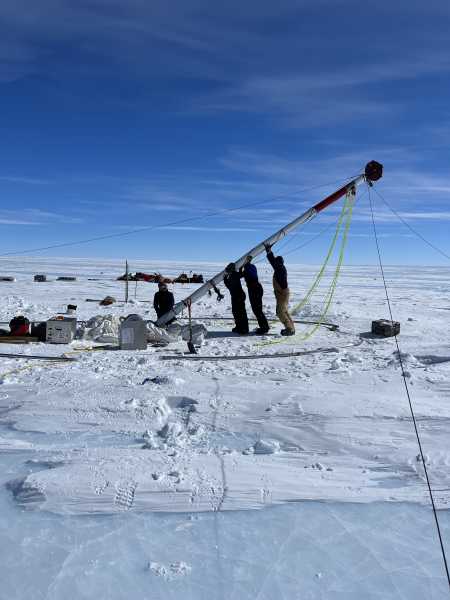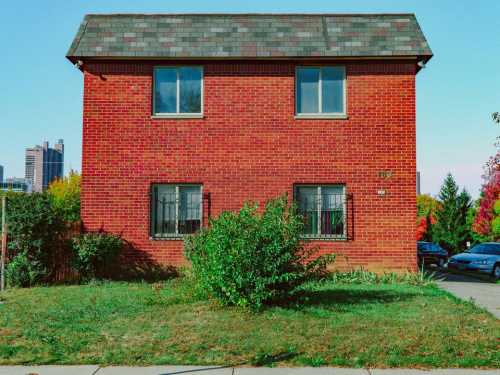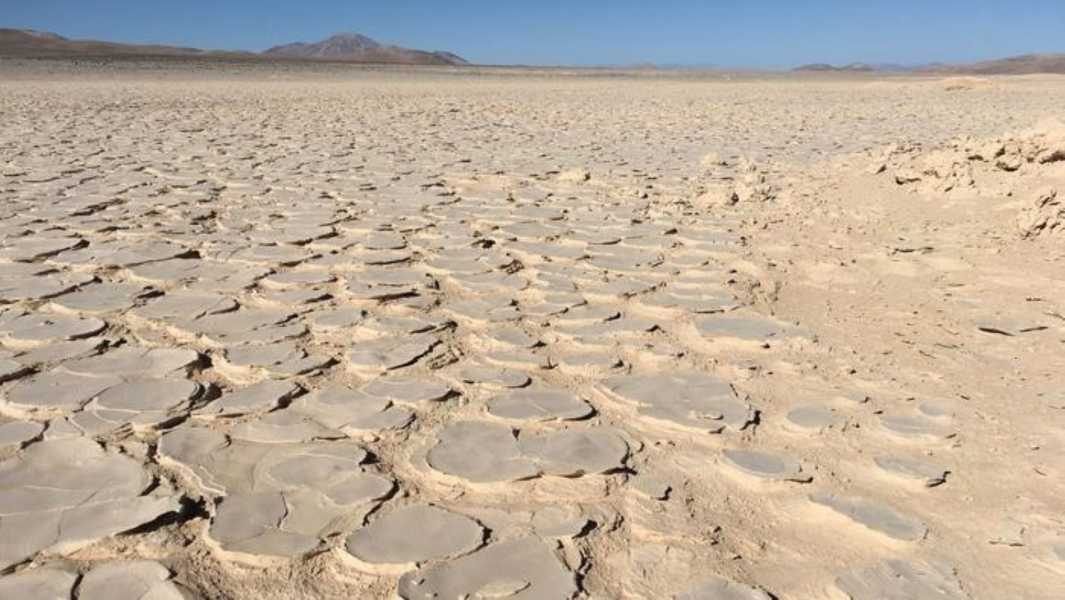
The Yungay Valley region in the Atacama Desert is one of the least humid places on the planet. (Photo courtesy of Lukas Horstmann, GFZ-Potsdam)
A recent study has found a thriving microbial “biosphere” hidden 13 feet (4 meters) beneath the scorched surface of Chile's Atacama Desert. This hidden world of bacteria represents one of the deepest samples ever found in Atacama soils, and could help in the search for life on Mars.
Microbial life has previously been documented at depths of up to 2.6 feet (80 centimeters) in the Atacama Desert, but the new biosphere in the region's bone-dry Yungay Valley is “completely isolated from the surface,” the researchers say.
The newly identified community lives in soils at depths ranging from 6.6 feet (2 m) to at least 13 feet, according to a study published Tuesday (April 23) in the journal PNAS Nexus. The community is dominated by actinobacteria, a diverse group of bacteria found in other extreme environments such as the Arctic, hot springs and salty seas.
“Little is known about microbial life in deeper sediment layers,” the researchers note in their study. “The communities described in this paper may represent the upper part of the deep biosphere beneath hyperarid desert soils.”
The researchers also documented actinobacteria living closer to the surface, at depths of 0.8 to 2 inches (2 to 5 cm). Digging deeper, the team found bacteria belonging to the phylum Firmicutes, which are tolerant of high salt concentrations and do not require oxygen to survive, according to the study.
The Atacama Desert is the driest hot desert on the planet, receiving as much sunlight as Venus. Although only a few animals can survive in these harsh conditions, including the Darwin's leaf-eared mouse (Phyllotis darwini) and the South American gray fox (Lycalopex griseus), some bacteria thrive in the salty, mineral-rich soils of the desert.
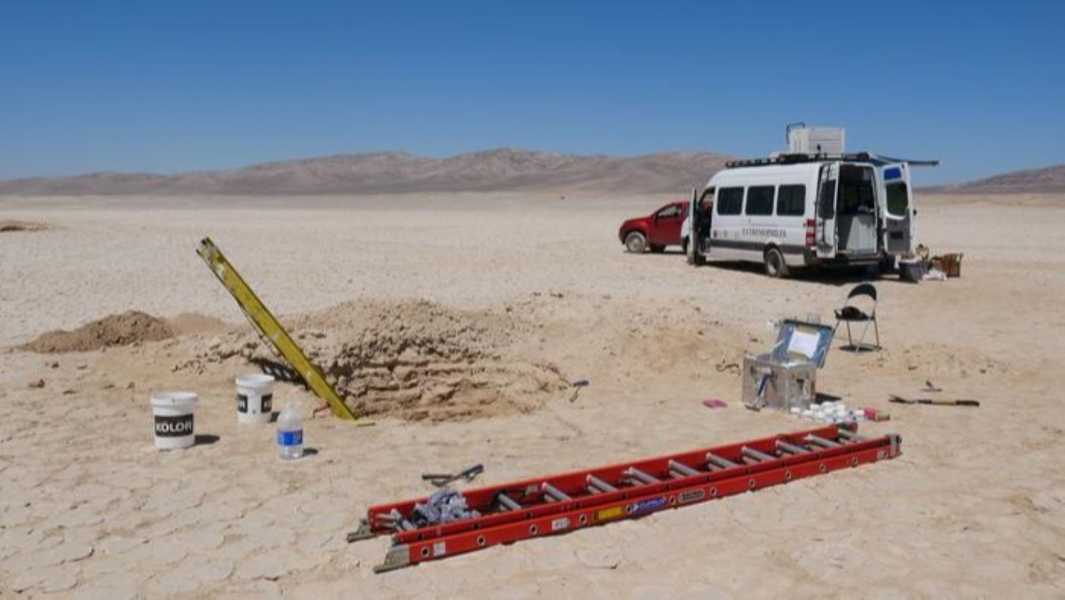
The researchers took soil samples from the Atacama Desert and sifted their DNA to extract only living microbial cells.
To study these microscopic inhabitants, the researchers took soil samples from a pit in the Yungay Valley and extracted all the DNA fragments they could find.
Sourse: www.livescience.com


